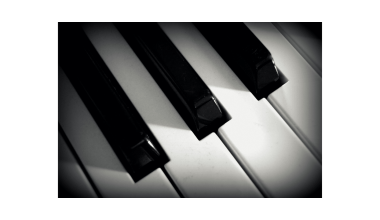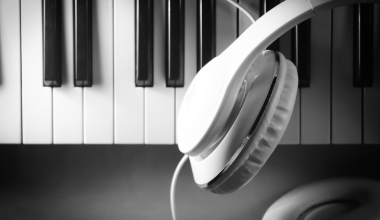Designing the perfect music studio layout is a game-changer for any musician, producer, or sound engineer. Whether you’re a seasoned pro or just starting out, the way you organize your studio can directly affect your productivity and creativity. Don’t worry, though—creating the ideal space doesn’t have to be overwhelming. In this guide, we’ll walk you through every step of the process to ensure your studio is functional, comfortable, and tailored to your unique needs.
Why Your Music Studio Layout Matters
Before diving into the specifics, let’s talk about why your studio layout is so important. First and foremost, a well-organized space can boost your focus and creativity. If everything is in its place, you’ll spend less time searching for equipment and more time making music. Moreover, the right layout can improve your workflow, reduce strain on your body, and even enhance the sound quality of your recordings.
Assess Your Space
The first step in designing your music studio layout is to assess the space you’re working with. Ask yourself a few key questions:
- How much room do I have?
- What’s the shape of the space?
- Are there any windows, doors, or structural obstacles to consider?
Understanding these details will help you make informed decisions about furniture, equipment placement, and acoustics. Remember, even small spaces can be turned into highly efficient studios with the right approach.
Choose the Right Location
When selecting the location for your studio, prioritize quiet areas away from distractions. Ideally, choose a room with minimal outside noise and good sound isolation. If possible, avoid rooms with too many hard surfaces, as they can create unwanted echoes and reflections. Basements or attics often make great choices, but any space can work with a little creativity.
Plan Your Equipment Placement
Once you’ve chosen the location, it’s time to plan where your equipment will go. The goal is to create a layout that’s both ergonomic and efficient. Here are some tips:
- The Sweet Spot: Place your desk and studio monitors in the “sweet spot,” which is typically centered between two walls. This ensures balanced sound during playback.
- Ergonomics First: Keep frequently used items, like your MIDI controller or mixing console, within arm’s reach. This reduces strain and makes your workflow smoother.
- Cable Management: Invest in cable organizers or Velcro straps to keep your setup tidy and safe. A clutter-free workspace can make all the difference.
Acoustic Treatment
No music studio layout is complete without proper acoustic treatment. This step ensures that your recordings and playback sound as clear as possible. Focus on these key areas:
- Bass Traps: Place bass traps in the corners of your room to absorb low frequencies.
- Acoustic Panels: Install panels on walls to minimize reflections and echoes.
- Diffusers: Use diffusers to scatter sound evenly and create a balanced listening environment.
Don’t let budget constraints hold you back—DIY options can be just as effective as store-bought solutions.
Lighting Matters
While it’s easy to focus solely on acoustics and equipment, don’t underestimate the power of good lighting. Proper lighting can set the mood and keep you inspired during long sessions. Opt for a combination of natural and artificial light. Adjustable LED lights or smart bulbs are great for creating a vibe that matches your music.
Optimize Your Workflow
Think about how you move through your studio while working. Your layout should accommodate a seamless workflow, whether you’re recording vocals, mixing tracks, or simply brainstorming ideas. Group similar equipment together, such as all your recording gear in one area and mixing tools in another. This organization helps maintain focus and reduces unnecessary movement.
Personalize Your Space
Your music studio should be a reflection of your personality and creative style. Add personal touches, like posters, artwork, or plants, to make the space feel uniquely yours. A comfortable chair, a small couch for guests, or even a mini fridge can add to the overall vibe. Remember, the more comfortable you feel in your studio, the more productive you’ll be.
Test and Adjust
Once your layout is complete, spend some time testing it out. Play music, record tracks, and move around the space to see how it feels. Don’t be afraid to make adjustments—your layout isn’t set in stone. As your needs evolve, your studio should too.
Budget-Friendly Tips
If you’re working with a tight budget, don’t worry. Here are some cost-effective ways to create a professional-quality studio:
- Second-Hand Gear: Check online marketplaces for used equipment.
- DIY Furniture: Build your own desk or shelves with affordable materials.
- Repurpose Items: Use household items like rugs and curtains for soundproofing.
Conclusion
Designing your music studio layout is an exciting journey that can have a huge impact on your creative process. By carefully planning your space, focusing on acoustics, and adding personal touches, you’ll create a studio that inspires you every time you step inside. Remember, the perfect layout isn’t about having the most expensive gear—it’s about creating a space that works for you. So take your time, experiment, and enjoy the process of building your dream studio.
For further reading, explore these related articles:
For additional resources on music marketing and distribution, visit DMT Records Private Limited.






